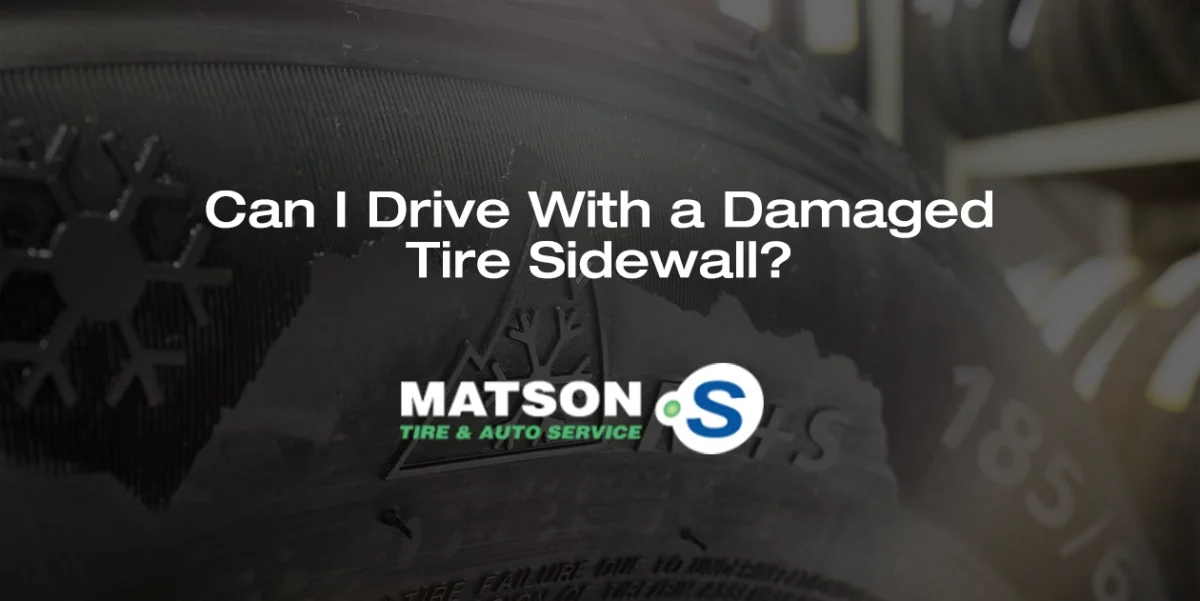Ball joints are an easy component to forget. They don’t often need service, and owners can go the entire length of ownership without once needing to have them replaced. Despite this, ball joints are an essential part of your suspension setup, and allow for your vehicle to stay comfortable and under control.
What is a Ball Joint?
The ball joint is a spherical bearing located on the control arm. It allows for both up-and-down as well as side-to-side movement. This ability to freely move allows for bumps and dips to be absorbed, which keeps the ride smooth and comfortable.
Why Do Ball Joints Fail?
Over years of use and abuse, the soft rubber ball joints will begin to tear and become weak. With each speedbump and pothole, the ball joins takes the brunt of the impact, and absorbs the energy. While built to last, ball joints eventually wear like any other component on a vehicle.
Symptoms of a Bad Ball Joint
- Clunking noise when driving over dip or bump
- Rough ride
- Loose and wandering steering
- Heavy vibrations
- Unusual noises when taking turns
Can I Drive With a Bad Ball Joint?
Because a faulty ball joint doesn’t stop the vehicle from functioning, many people either ignore the issue or fail to notice it at all. Although there’s no way to predict when the ball joint will fail entirely, it should be inspected at the first sign of any symptoms.
Without proper control of the vehicle, drivers may find themselves in very unsafe situations. Failing or faulty ball joints can cause the vehicle to react harshly to uneven road surfaces and cause a change in direction.
In the most serious cases, where the ball joint completely fails, it can result in the wheel entirely falling off the vehicle and the driver losing any and all control.
So while the car will drive, that doesn’t mean you should. You should have your suspension inspected and serviced immediately to avoid the problem worsening a potentially causing an unsafe situation.
How Often Do Ball Joints Need to be Replaced?
The answer as to how long ball joints last has no one answer, but the general rule of thumb is that 75,000-100,000 miles is the usual range for their lifespan. It depends on a variety of factors, such as make/model, vehicle age, and how it’s been driven over time.
Suspension Service at Matson Point S
If you’re experiencing any suspension issues, the experts at Matson Point S in Riverton, Utah are your premier destination for service in the Salt Lake Valley! Call or schedule an appointment online with us today!









